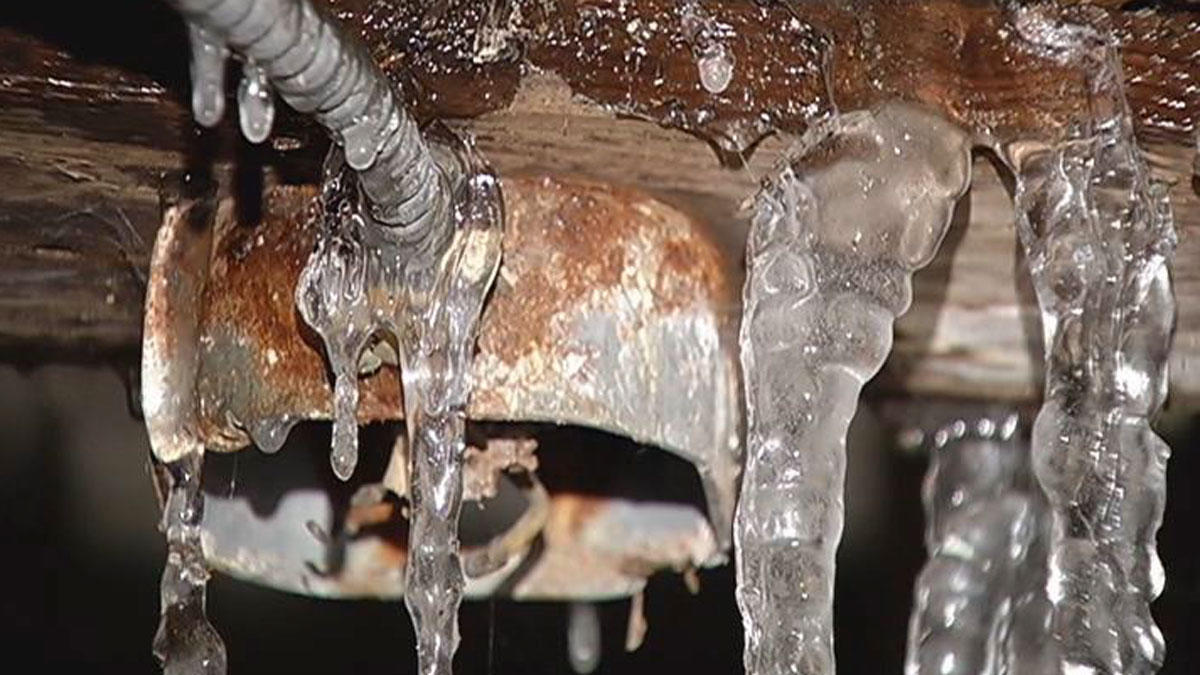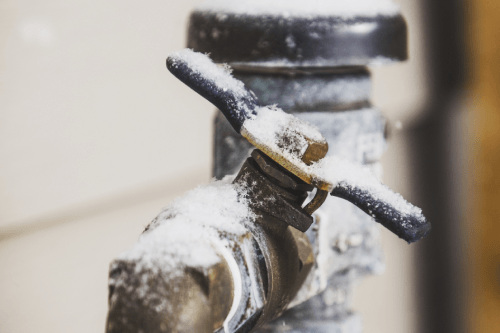Tips to Avoid Frozen Plumbing in Cold Weather: Expert Advice
Tips to Avoid Frozen Plumbing in Cold Weather: Expert Advice
Blog Article
Just how do you feel in regards to How to prepare your home plumbing for winter weather?

Winter can damage your pipes, specifically by freezing pipes. Below's just how to prevent it from taking place and what to do if it does.
Introduction
As temperature levels drop, the threat of frozen pipes increases, possibly bring about pricey repair services and water damages. Understanding how to stop icy pipelines is essential for property owners in chilly environments.
Recognizing Icy Pipelines
What triggers pipelines to ice up?
Pipes ice up when revealed to temperature levels listed below 32 ° F (0 ° C) for extended durations. As water inside the pipelines ices up, it broadens, putting pressure on the pipeline walls and possibly causing them to break.
Risks and damages
Frozen pipes can cause water system interruptions, residential or commercial property damage, and pricey repair services. Burst pipes can flooding homes and cause comprehensive architectural damage.
Indications of Frozen Pipes
Determining icy pipelines early can avoid them from breaking.
Exactly how to recognize icy pipes
Seek lowered water circulation from taps, unusual odors or sounds from pipes, and visible frost on revealed pipes.
Prevention Tips
Protecting susceptible pipes
Cover pipes in insulation sleeves or make use of heat tape to shield them from freezing temperature levels. Focus on pipelines in unheated or exterior areas of the home.
Home heating methods
Maintain interior spaces properly heated up, particularly locations with plumbing. Open cabinet doors to enable cozy air to distribute around pipes under sinks.
Securing Outdoor Plumbing
Yard hoses and outside faucets
Disconnect and drain yard pipes before wintertime. Install frost-proof faucets or cover exterior taps with shielded caps.
What to Do If Your Pipelines Freeze
Immediate actions to take
If you believe frozen pipes, keep taps available to soothe pressure as the ice thaws. Make use of a hairdryer or towels soaked in hot water to thaw pipes gradually.
Long-Term Solutions
Architectural adjustments
Consider rerouting pipelines far from outside wall surfaces or unheated areas. Include additional insulation to attics, cellars, and crawl spaces.
Upgrading insulation
Invest in top quality insulation for pipelines, attic rooms, and walls. Proper insulation aids maintain consistent temperatures and lowers the threat of icy pipes.
Verdict
Protecting against frozen pipes calls for positive actions and quick feedbacks. By recognizing the causes, signs, and preventive measures, house owners can secure their pipes throughout winter.
5 Ways to Prevent Frozen Pipes
Drain Outdoor Faucets and Disconnect Hoses
First, close the shut-off valve that controls the flow of water in the pipe to your outdoor faucet. Then, head outside to disconnect and drain your hose and open the outdoor faucet to allow the water to completely drain out of the line. Turn off the faucet when done. Finally, head back to the shut-off valve and drain the remaining water inside the pipe into a bucket or container. Additionally, if you have a home irrigation system, you should consider hiring an expert to clear the system of water each year.
Insulate Pipes
One of the best and most cost-effective methods for preventing frozen water pipes is to wrap your pipes with insulation. This is especially important for areas in your home that aren’t exposed to heat, such as an attic. We suggest using foam sleeves, which can typically be found at your local hardware store.
Keep Heat Running at 65
Your pipes are located inside your walls, and the temperature there is much colder than the rest of the house. To prevent your pipes from freezing, The Insurance Information Institute suggests that you keep your home heated to at least 65 degrees, even when traveling. You may want to invest in smart devices that can keep an eye on the temperature in your home while you’re away.
Leave Water Dripping
Moving water — even a small trickle — can prevent ice from forming inside your pipes. When freezing temps are imminent, start a drip of water from all faucets that serve exposed pipes. Leaving a few faucets running will also help relieve pressure inside the pipes and help prevent a rupture if the water inside freezes.
Open Cupboard Doors
Warm your kitchen and bathroom pipes by opening cupboards and vanities. You should also leave your interior doors ajar to help warm air circulate evenly throughout your home.

I'm very inquisitive about How to Prevent Your Pipes From Freezing and I really hope you enjoyed reading the post. Appreciated our write up? Please share it. Let another person find it. Thanks a lot for taking the time to read it.
Click For More Information Report this page